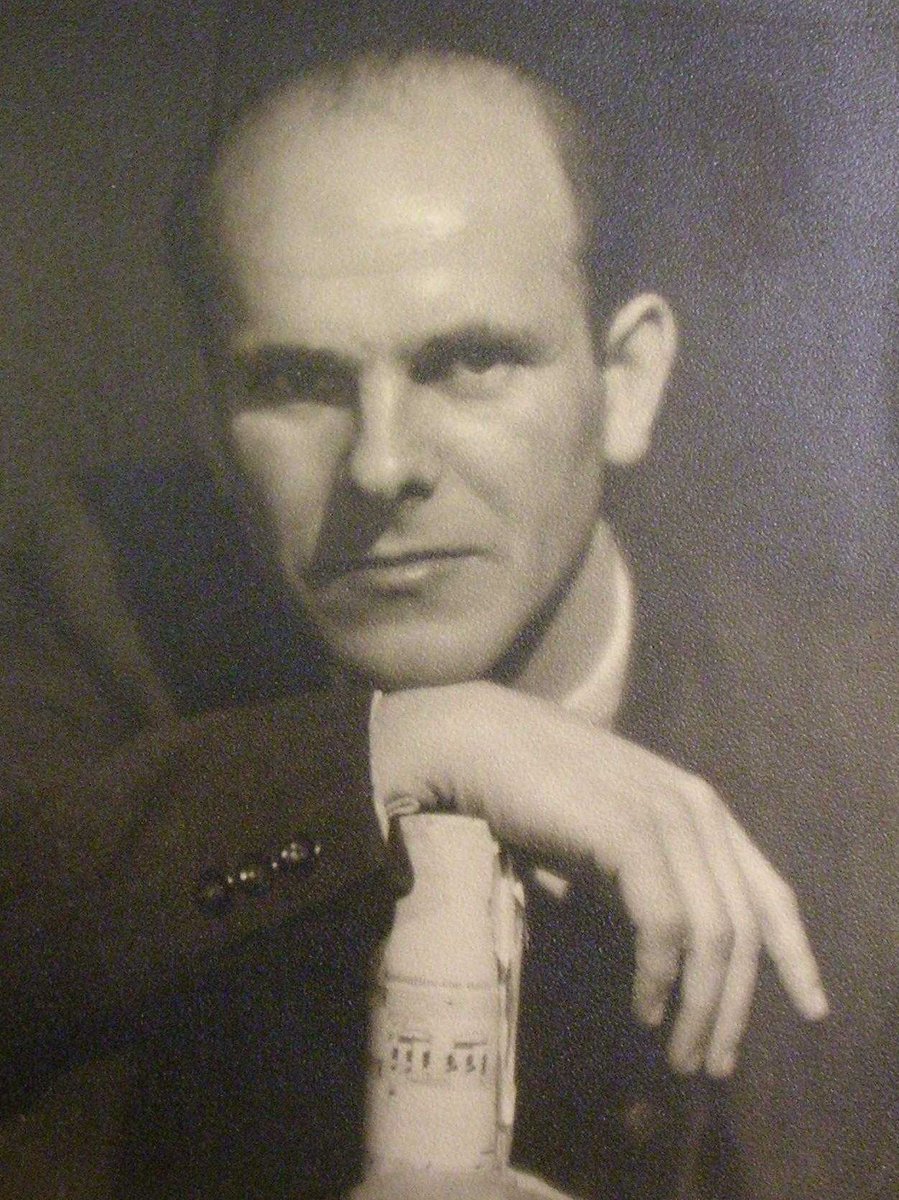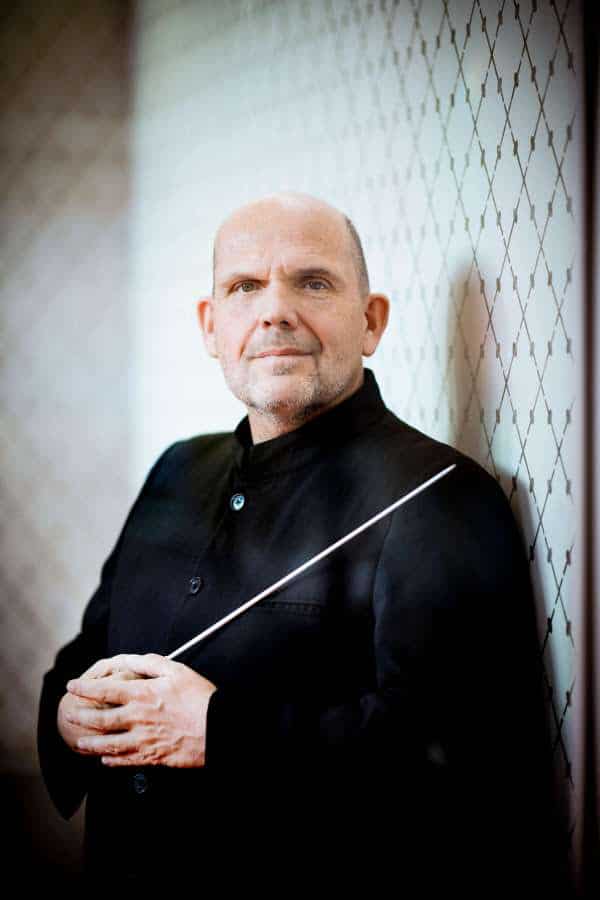Shostakovich wrecks another cello
OrchestrasA few days after Sheku Kanneh-Mason broke a string twice while playing a Shostakovich cello concerto, it happened again.
At Princeton University, cello soloist Aster Zhang ’24 was playing the last — and most frenetic — movement of Shostakovich’s Cello Concerto No. 1 when the unimaginable happened: a string snapped. The music halted, and conductor Michael Pratt relayed a quick cue. Principal cellist Brandon Cheng ’25 swapped instruments with Zhang and proceeded off-stage. The movement picked up again, and Zhang and the orchestra concluded the concerto beautifully.
Might younger soloists need to practise restraint in Shostakovich?






“Restraint” and the Shos Cello concert is a weird idea to start with^^
Apparently breaking a string playing the Shostakovich cello concerto is not unimaginable.
Not at all. I saw it happen to Yo Yo Ma whilst he was playing the Shosty with the Cleveland Orchestra back in my college days. Steve Geber snuck around and they swapped instruments during a (very quick) break in the piece. They swapped back after the piece to thunderous appreciation from the audience!
Using a cello as a solo instrument accompanied by an orchestra is a challenge in general. Except for its highest range, the instrument in general does not carry anywhere nearly as effectively as, for instance, a violin. The most skilled orchestrators incorporate “tricks”, such as using higher winds and pizzicato as background to the solo cello, followed by fuller orchestration when the orchestra plays by itself. This kind of arrangement is used, for instance, in the (admittedly smaller-scale) concerto by Saint-Saëns.
Another possible problem concerns people being used to hearing recorded music with the balance manipulated such that the soloist is louder than what you would encounter in a live performance.
Still another possible problem (and I don’t think that it necessarily follows here) it’s the recent trend towards “overly dramatic” (that’s being diplomatic) gestures and mannerisms in performance that sometimes veer towards an odd sort of aggression, i.e. “dueling cellists”. I find these kind of theatrics regrettable.
I fully agree with you that therr is this new style of performance of heads swaying, eyes rolling and facial expressions sort of trying to portray the emotions in the music, borrowed I think from pop music with its over-the-top gestures. The music itself is sufficient. Heifetz, Oistrakh, Starker, Rostropovich, Dieskau et al let the music speak. It might be an insult to the audience, telling it how to feel..
Good job they weren’t playing the concerto by Dmitri Lostabowglitçh?
Breaking a string is not unimaginable, at least not to a string player, nor is it necessarily a sign of excessive force by the player. Often it has nothing to do with the piece at hand, and I suspect a fair share of strings have snapped while the cellist plays “The Swan.” Strings have a depressingly short (depressing, given their cost) lifespan and they die by going bad and no longer being “true,” by starting to unravel and thus irritate the finger tip, or by breaking. When it happens in the privacy of your practice room, it is mildly annoying and gets no attention from anybody. When it happens in concert, I suppose it is shocking to a non-string player.
The mere act of tuning the instrument rubs the string across the bridge and across the nut, repeatedly. Both are prime places for a break to originate.
The great cellist Frank Miller said that because he broke strings so often he had to change out his A and D strings EVERY FOURTH DAY. That is when he played under Solti; when he played under Toscanini it was every fifth day. Eventually he just automatically changed the A and D strings whether they’d broken or not just to avoid having the break come at a bad time. He told a funny story of one break coming during a Toscanini broadcast but was able to run backstage and put on a new string, and tune, while the radio commentary filled up the time.
My own hunch is that sometimes the broken string is the result of trying to squeeze a few more days or weeks out of a string that is going bad but slowly and probably should be replaced. I understand the reluctance because it isn’t just a matter of the cost of a string. It takes a few days for a new string to work itself into shape. They have no rosin on them at first and won’t “speak” until they do; they are still being “stretched” and tend to droop in intonation.
I just priced cello strings on-line. Evah Pirazzi is a very respected make. $350 or so for a set of 4 strings. Larsen costs about the same. Thomastik Infeld is another good make. About $430 a set of 4. Many artists like to mix and match, preferring one make for A and D, another G and C. By contrast most violinists I know seem to use the same make for G, D and A but look elsewhere for the E.
This is all insider-ish stuff. My point is just not to draw conclusions about the artistry of a musician because they break strings. We all break strings. It is a roll of the dice when and where it happens.
I disagree. I don’t think these dramatic string breaks during performance are the result of cumulative wear on a string, a sign that the string has ‘worn out’. I think it’s more likely due to nerves, the heat of the moment and the expressive demands of the piece causing the player to play with too much force, even just for a moment, significantly more force than they would have used while practising.
The leader of the Hungarian Quartet broke a string during a live broadcast of the Grosse Fugue on Radio 3 ( or was in the Third Programme?). There was a pause while he replaced it.
At the very same place, it broke once again.
Pace Shostakovich.
Coincidence?
Breaking a string happens all the time it does not wreck an instrument!
What a pleasure (and education) to read these technical comments from musicians who really know what they’re talking about!
Heinrich Schiff never broke a string.
A string broke – so what? In my 50 years concert going it has happened many time. Get a life!!!!
It would be interesting to find out if the 2 cellists that had a string break were using the same make of strings. Cellos have been made to bear great tensions from the strings.
Strings break on the piano, as on the cello, because of EXCESSIVE force. Shostakovich’s concerto is a model of how to make the instrument sing out over the orchestra whenever desirable; it’s only because of force used to histrionic and intentional excess that’s the cause. Using an over abundance of misplaced force will always have the same result.
…interesting… are the snaps in the same place in the music… perhaps a different technical “approach” might be in order…